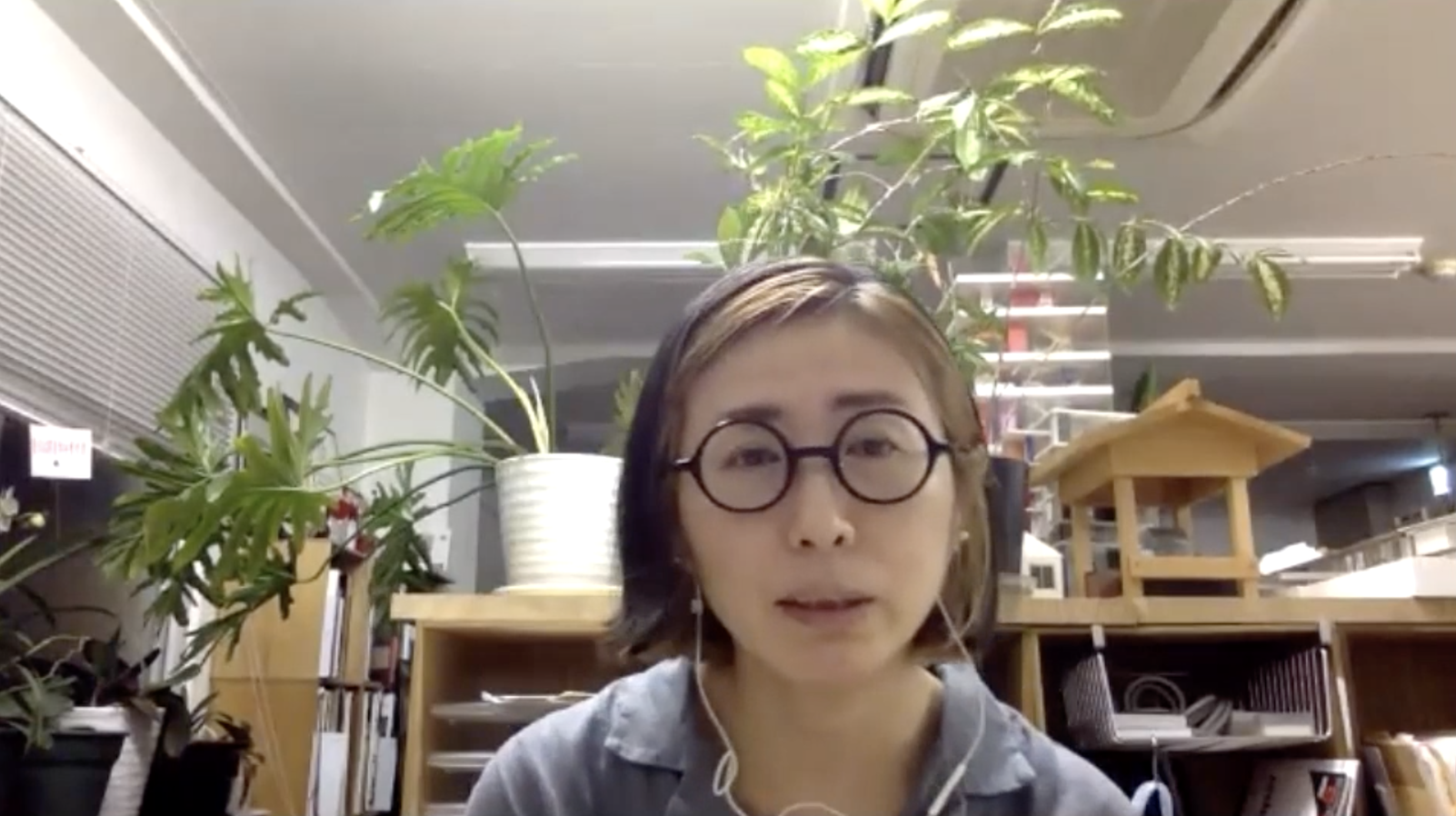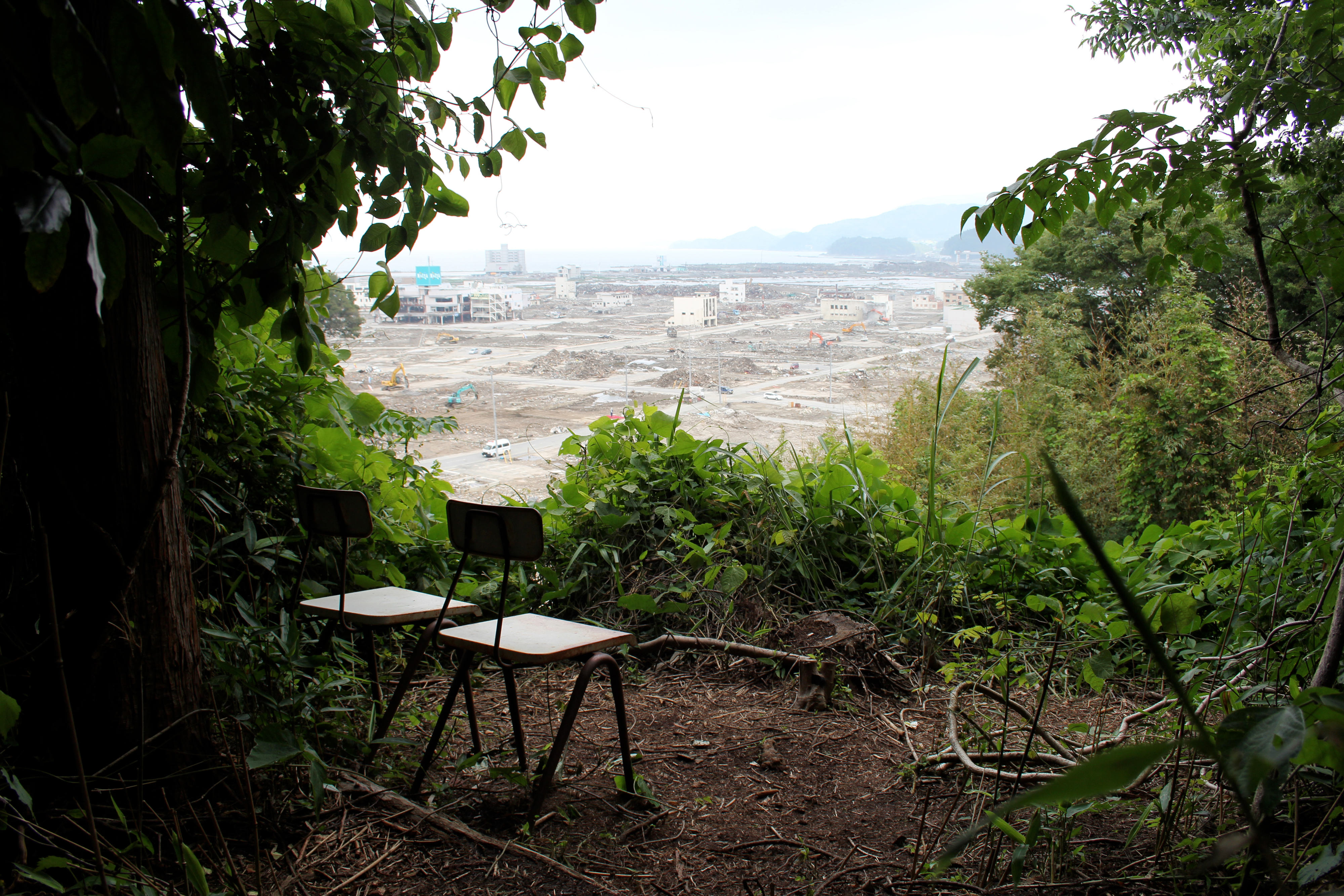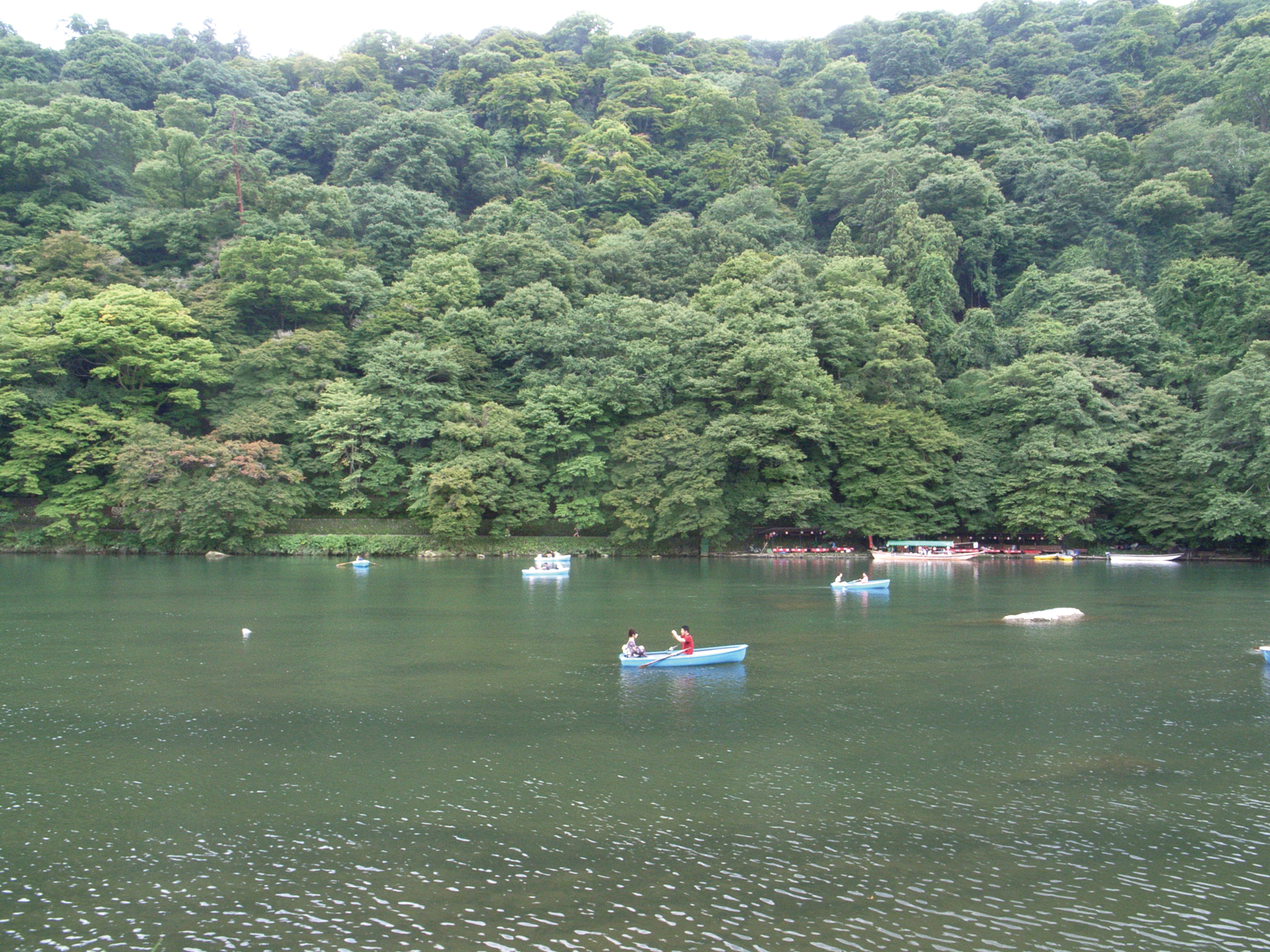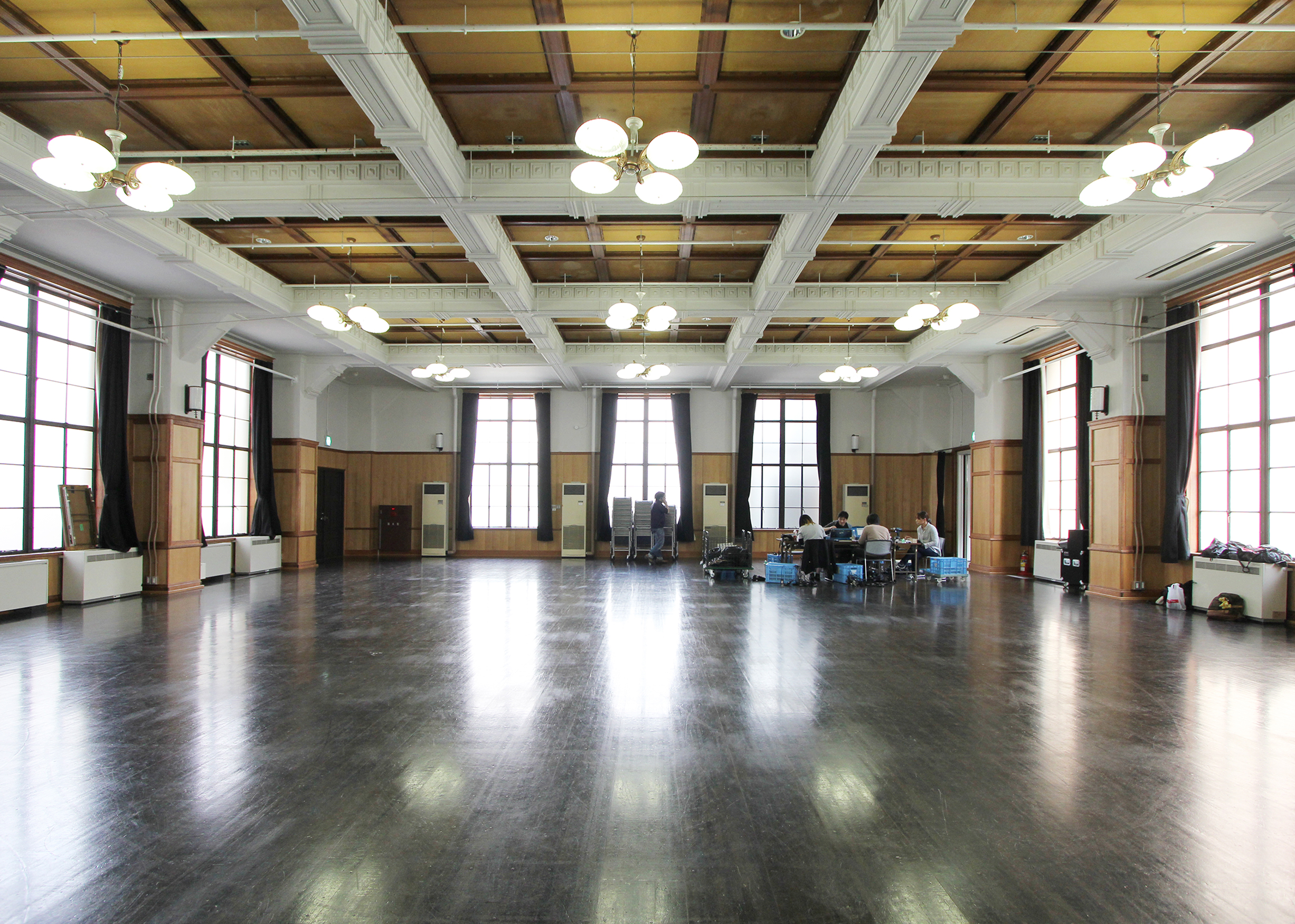
Some Portraits of Landscapes: Photo Units, Part 2
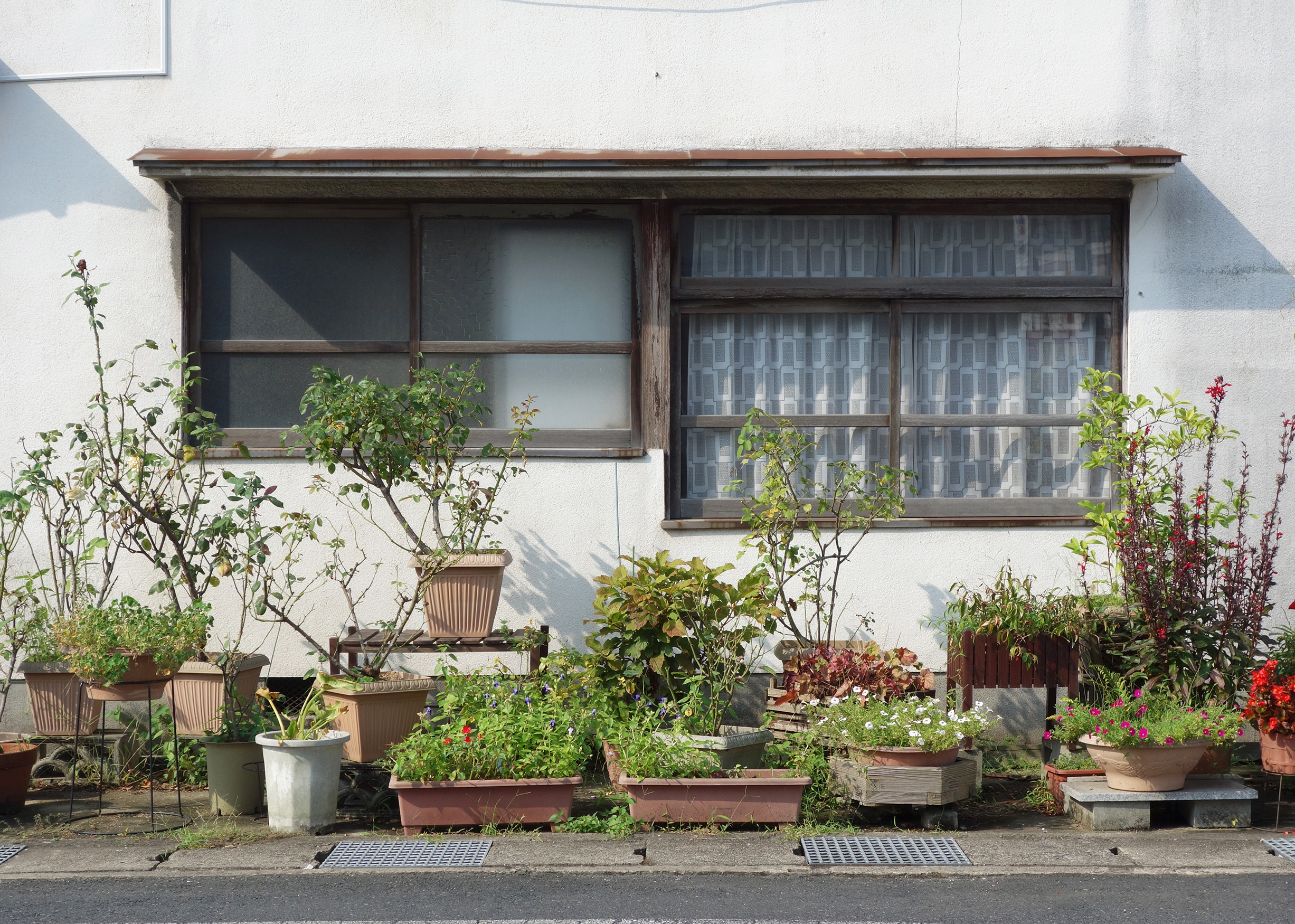
Kurayoshi, Tottori Prefecture.
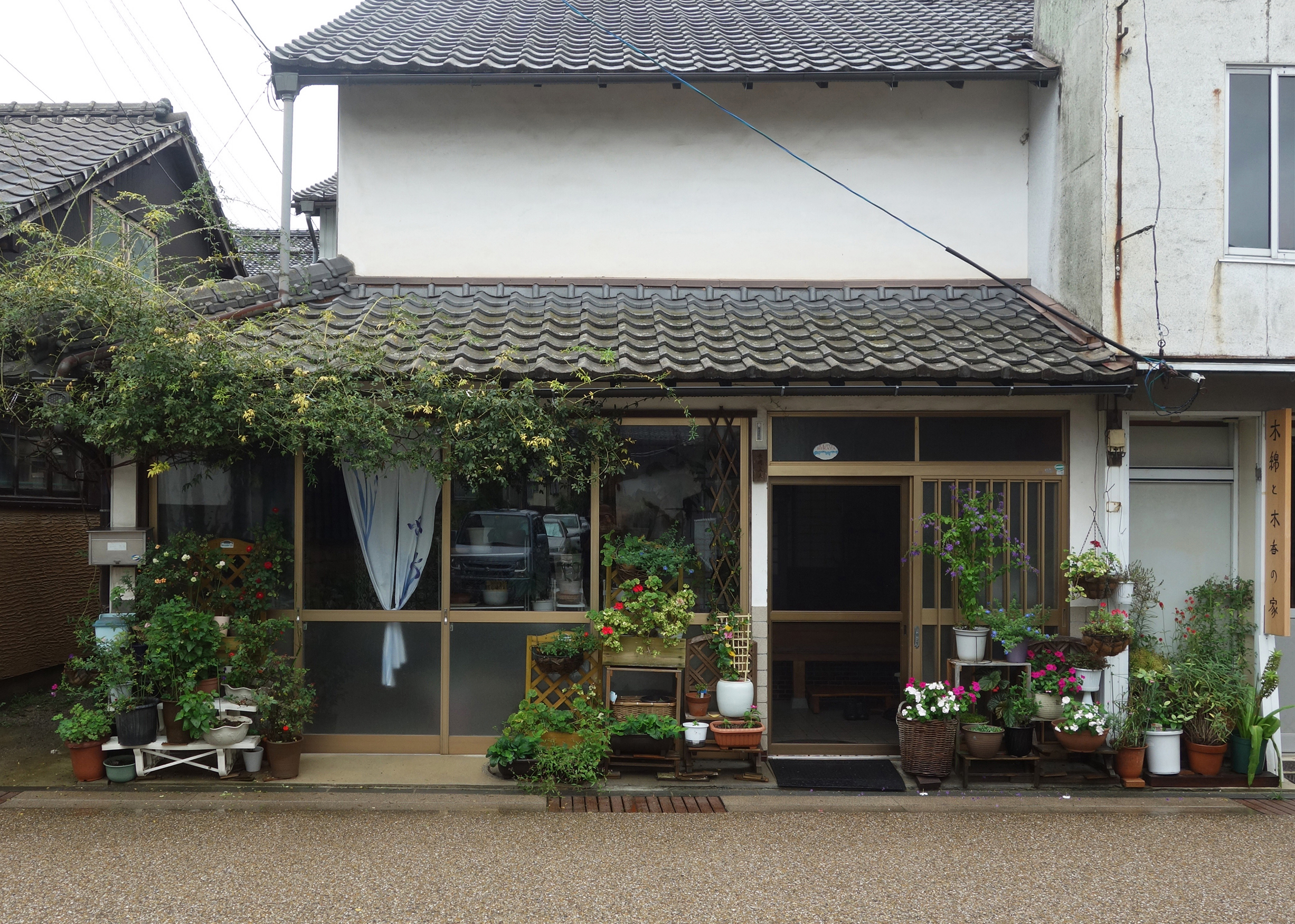
Izumo, Shimane Prefecture.
ROADSIDE IKEBANAPotted plants lend color to the frontage or engawa of a home, creating an interface with the outside world that greatly influences a neighborhood’s atmosphere. The taste and originality of the resident are thoroughly conveyed through details like the size and spacing of the planters and the styles of the leaves and branches, as well as the relationship between the plants and the wall behind them, which capture the attention of people walking by. The boundary between home and street has been softened and relaxed through a modest ritual of expression that brightens the whole area.
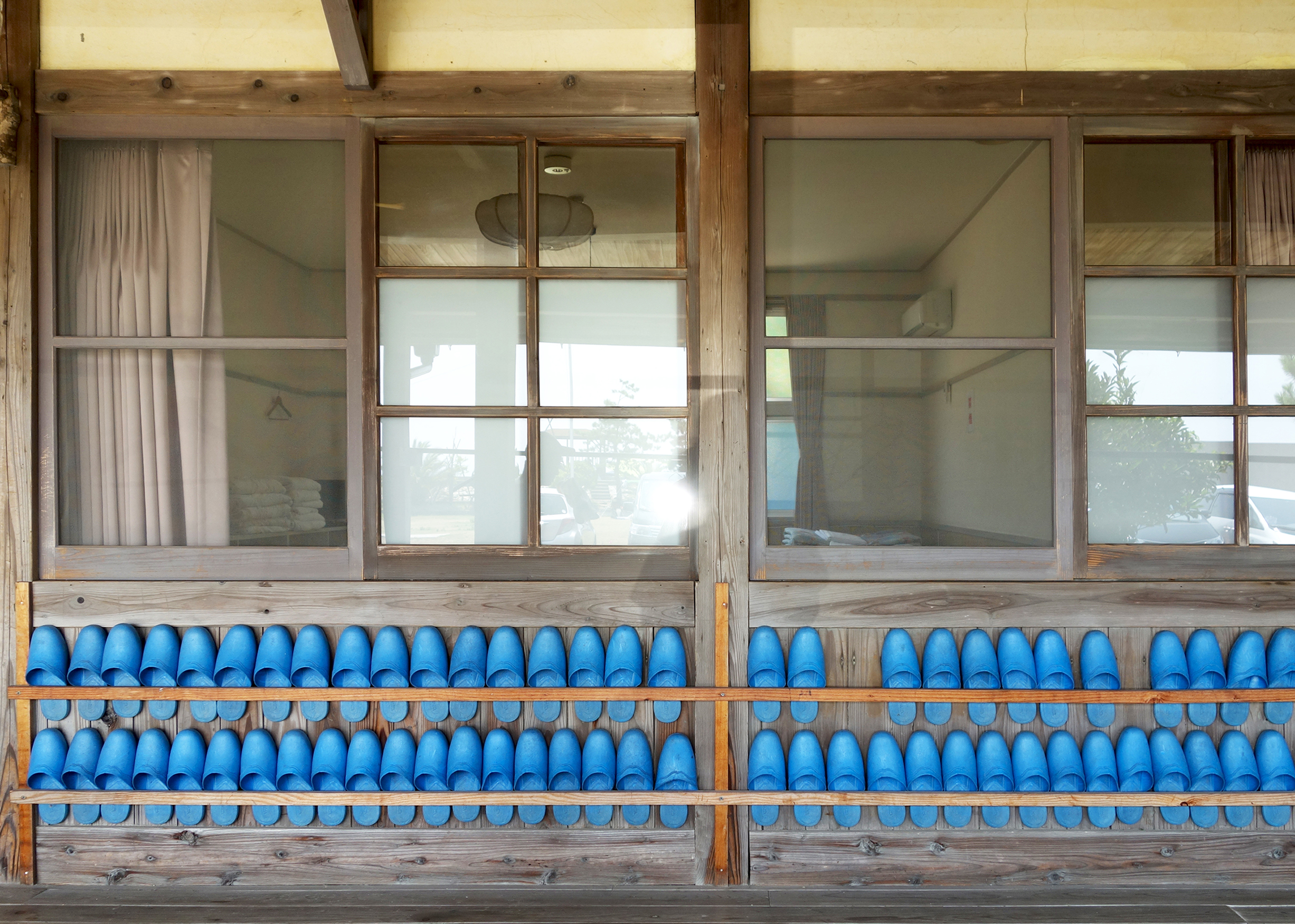
Ikoi-no-ie, Omishima island, Ehime Prefecture. Courtesy of Ikoi-no-ie.
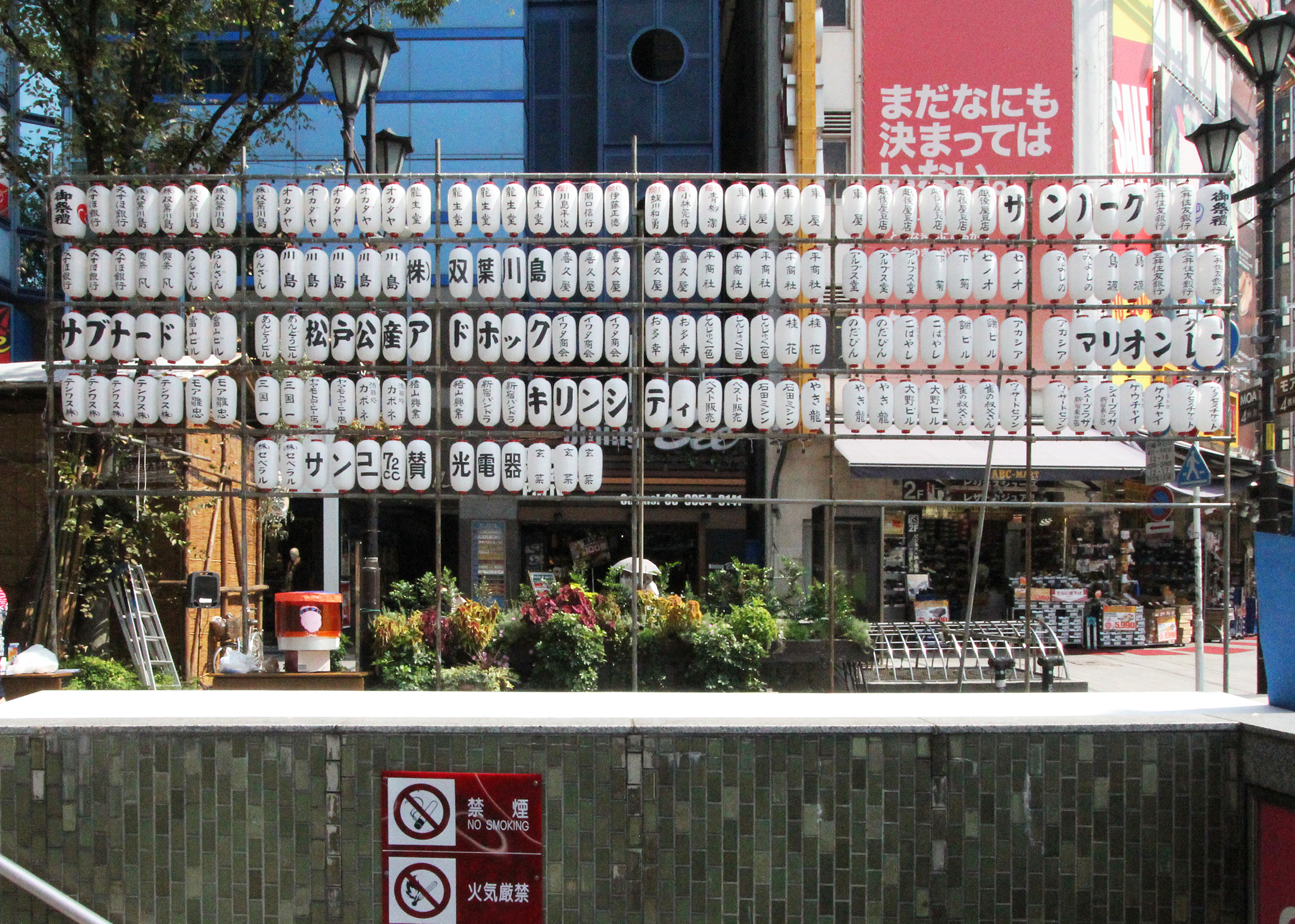
Shinjuku, Tokyo.
ALL LINED UPWhen things are lined up in a row, they have a way of baring the aesthetics or the norms of a scene. The personality and character of the people who variously use or look after the place are thrown into stark relief, so that even a first-time visitor imagines all kinds of storylines. The tidy row of blue slippers set outside this entryway delivers a clear message about the rules governing the space. The mind-boggling precision of this assemblage of beer crates, stacked along the seams and axes of the building, nearly overwhelms the senses.
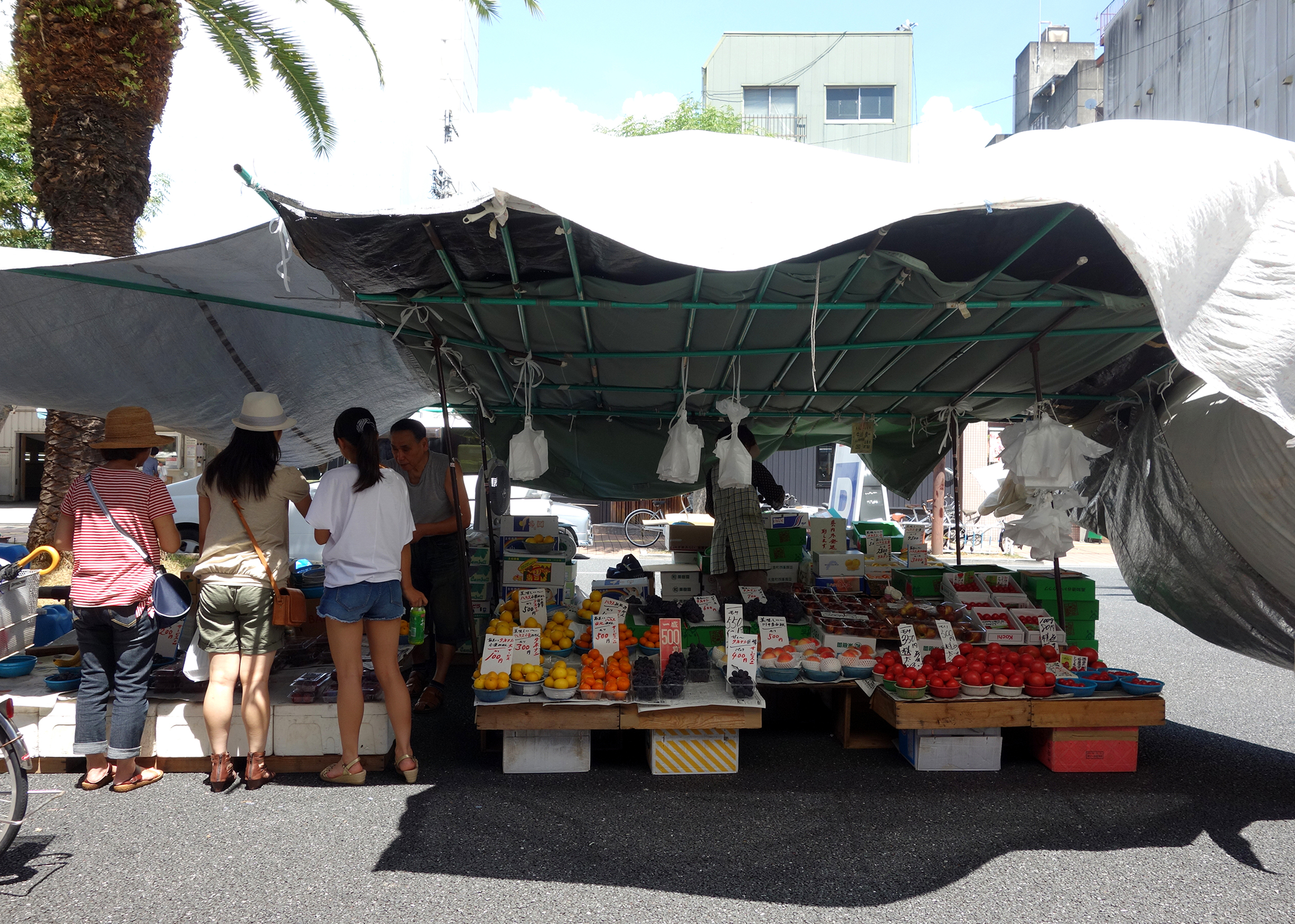
Sunday Market in Kochi, Kochi Prefecture.
TARPSTarps can serve as versatile roofs for temporary market stalls. They are both a source of shade and a way to keep the rain at bay. Under these shelters, people can savor fruits or vegetables, wait for customers, or get to work. Deployable in a variety of ways, tarps stretch and flutter in the wind, a quick fix offering a sense of completion.
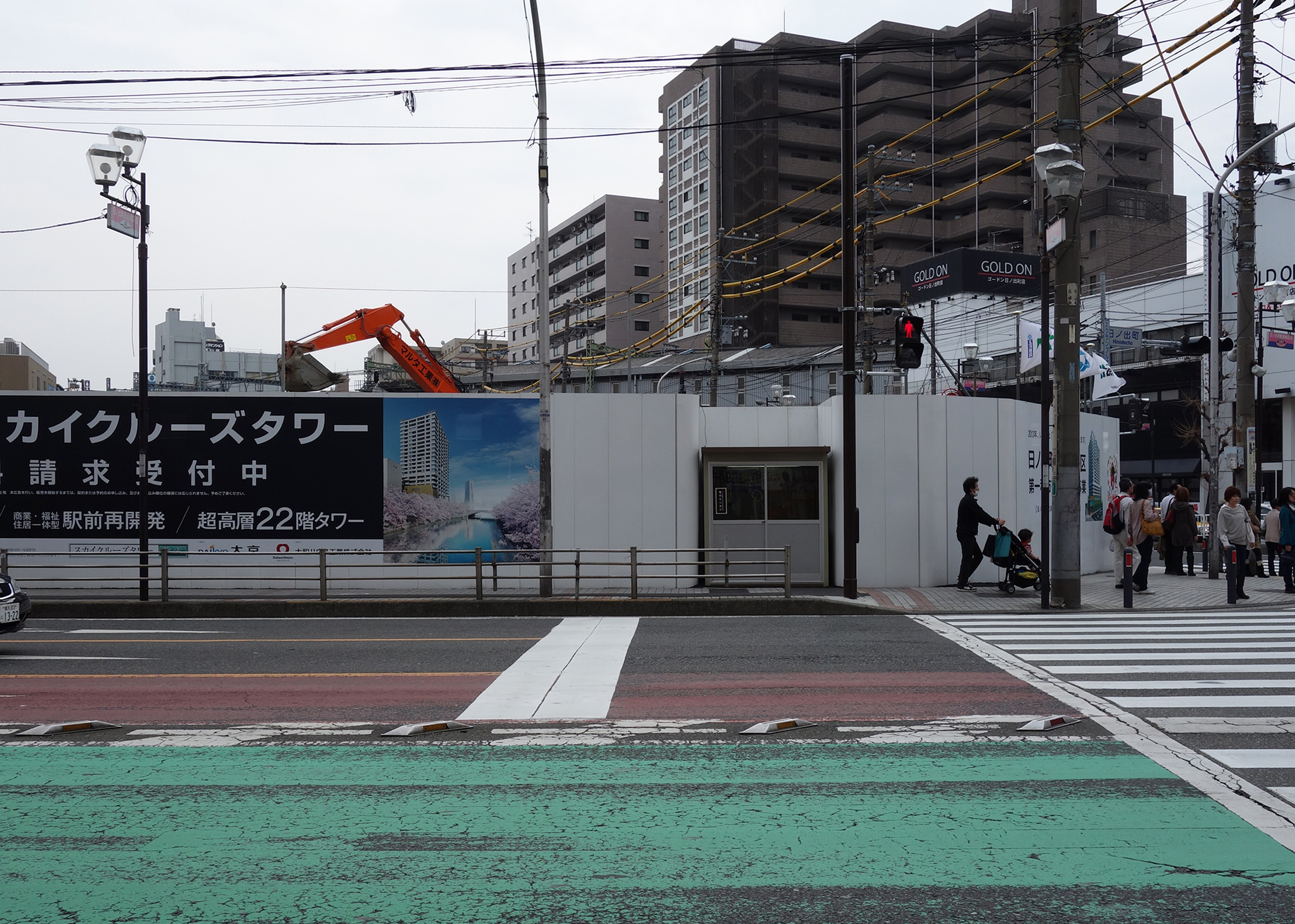
Yokohama, Kanagawa Prefecture.
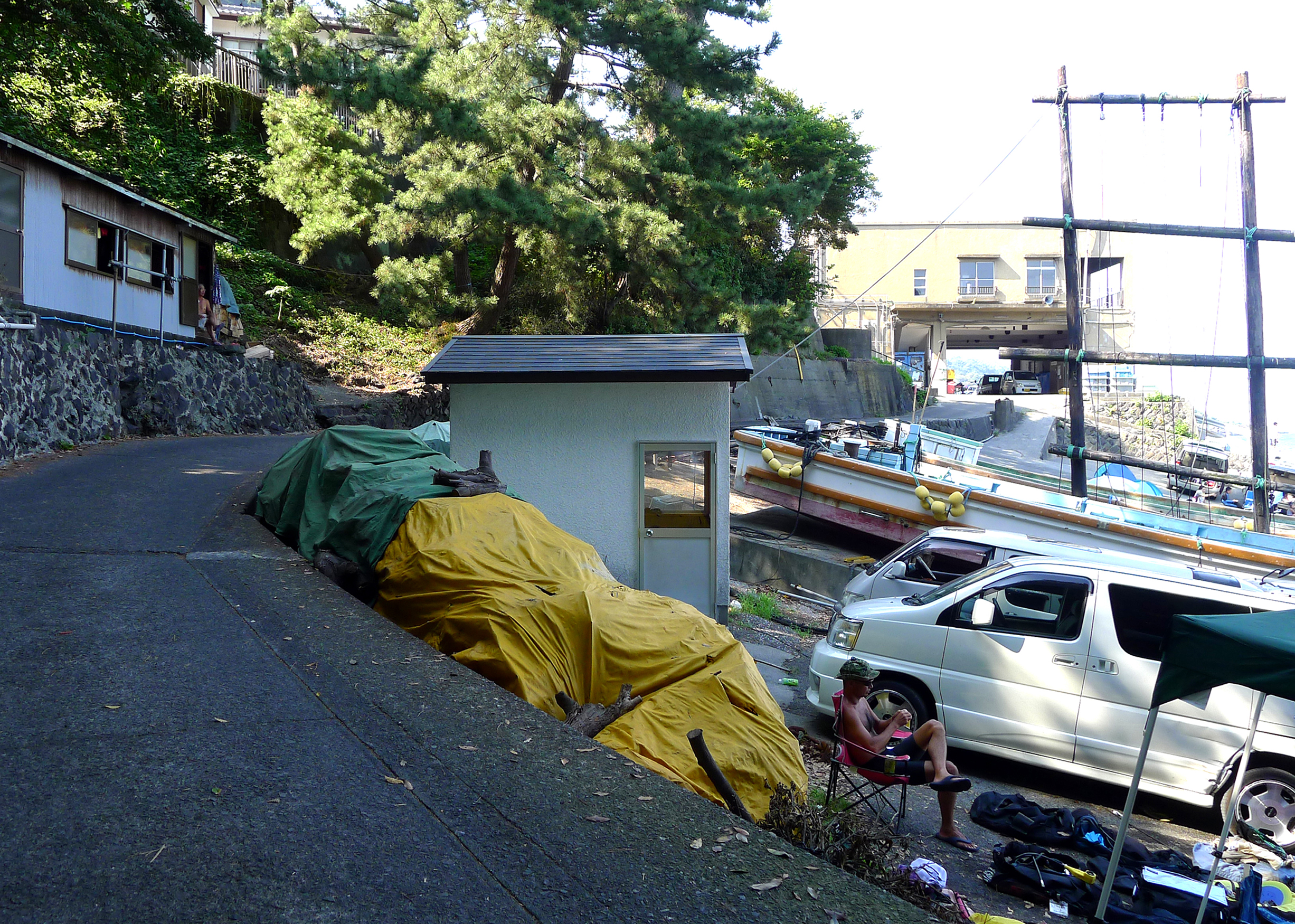
Ito, Shizuoka Prefecture.
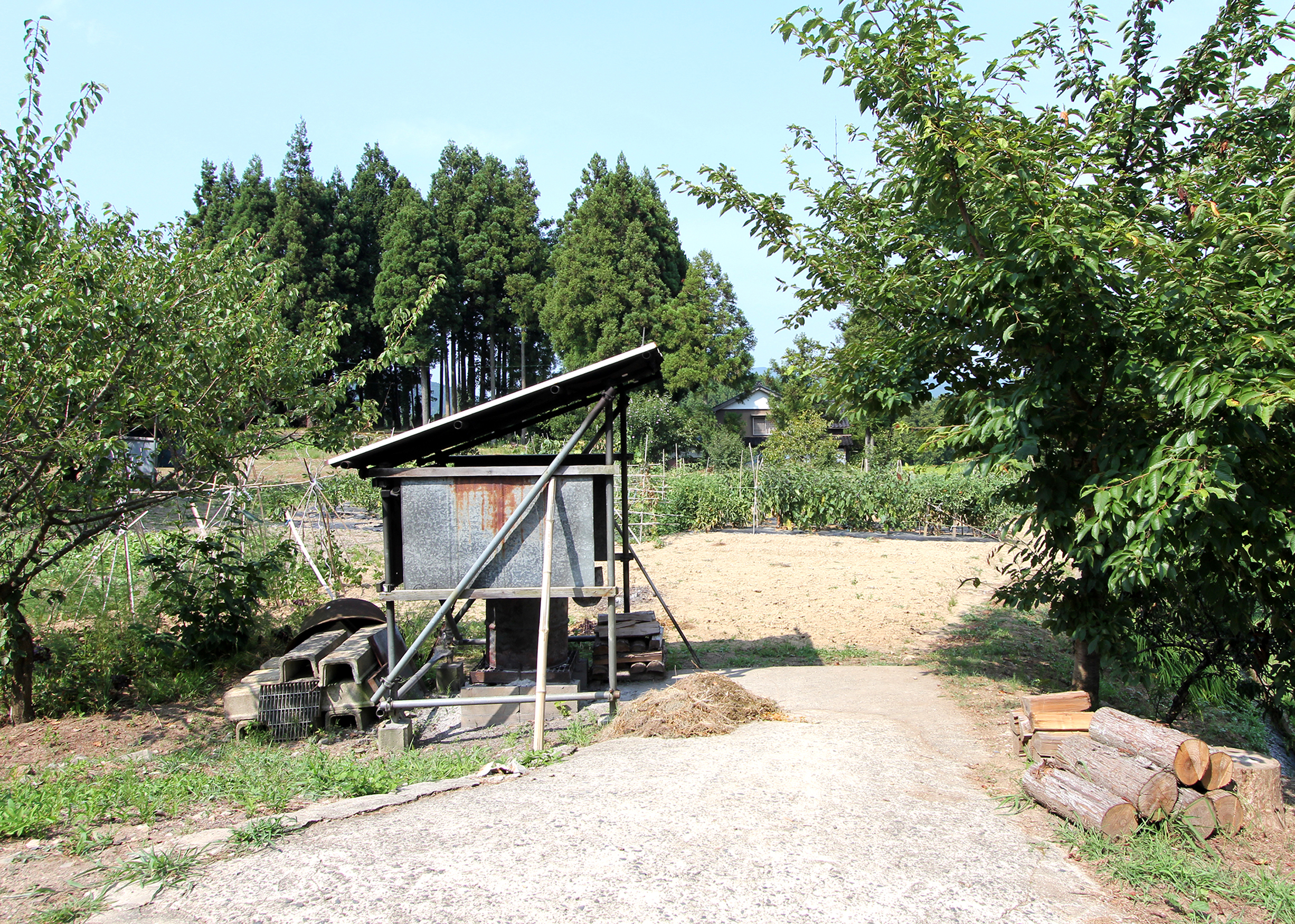
Wajima, Ishikawa Prefecture.
SHEDSSheds dot the landscapes of our lives. While they may look alike, each is different from the next, vividly expressing the personality and lifestyle of its owner. Though made of a diverse array of materials, from wood and corrugated metal to concrete, steel, plastic, or even recycled shipping containers, they share a common sense of purpose, as if optimized to their environment. Whereas single-family suburban homes tend to standardize a landscape and make it more mundane, sheds hum with an originality of style and use, lending their environs a reassuring sense of vigor.
All photographs courtesy of © Kumiko Inui, Inui Architects, and the Inui Lab at Tokyo University of the Arts.
This essay with a selection of photos were originally published in the book little spaces (TOTO Publishing, 2014) by Kumiko Inui and the Inui Lab at Tokyo University of the Arts. Their publication on JapanStory.org was made possible by the courtesy of the authors and the publisher.
- Kumiko Inui is an architect. Principal of Inui Architects, she is also Professor at the Yokohama National University Graduate School of Architecture (YGSA). She is gaining acclaim for innovative architecture thinking with a focus on regional cities, and she received the prestigious Architectural Institute of Japan Award for the Redevelopment Project for the Nobeoka Station Area (Nobeoka Encross) in 2020.
